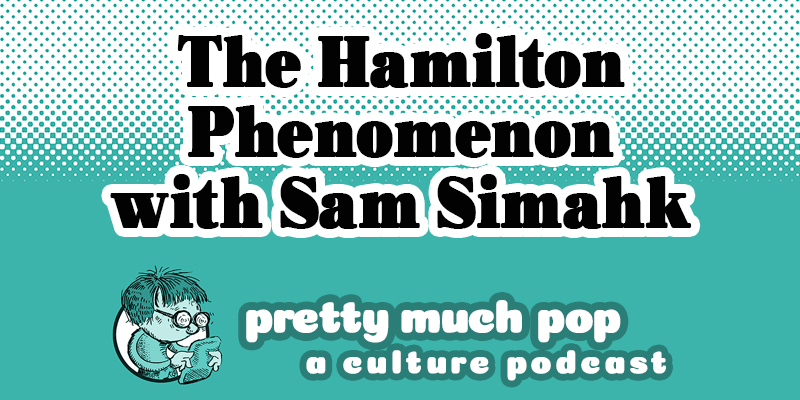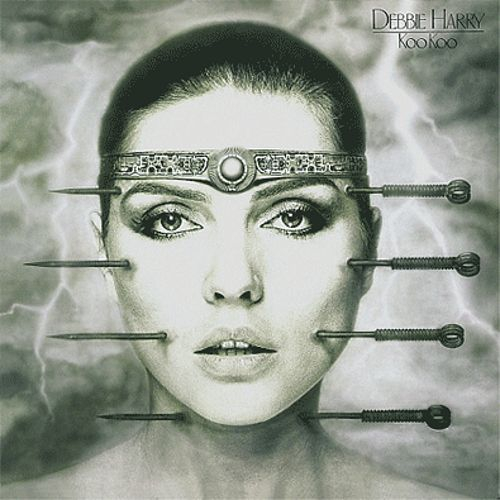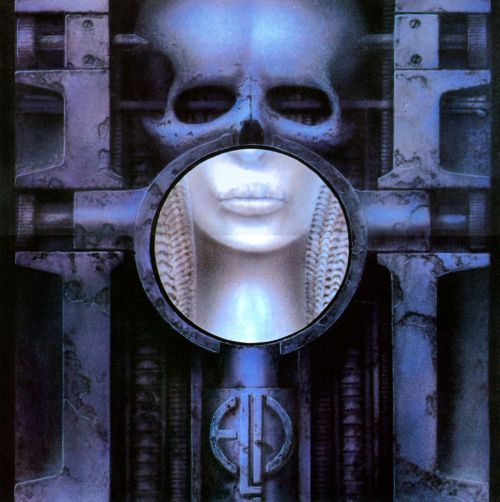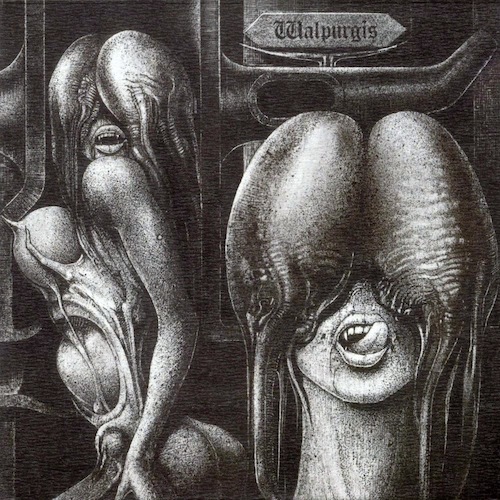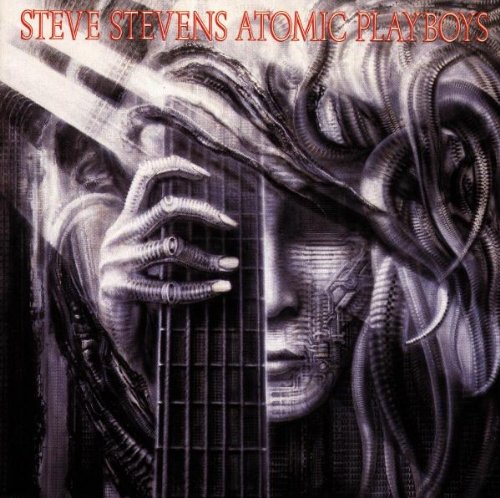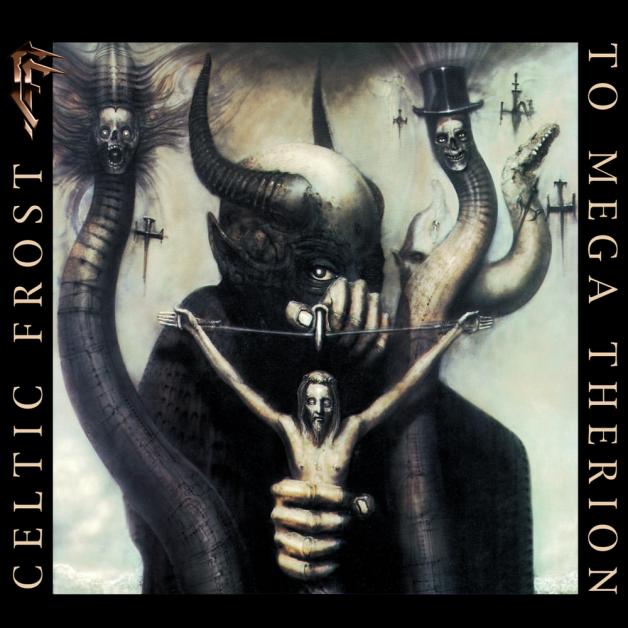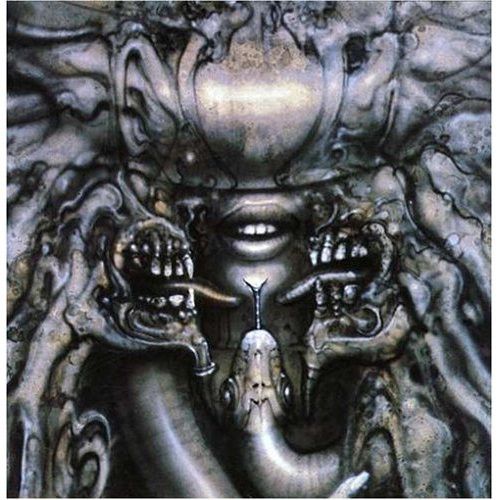In 1978, the debut album by a forcefully idiosyncratic new wave band out of Akron, Ohio both asked and answered a question: Q: Are We Not Men? A: We Are Devo! When we look back on the still-active group’s career more than 40 years later, we may still ask ourselves who, or what, Devo are. Given that they’re a rock band — albeit only just recognizable as one at the time they hit it big — we could define them by their songs. Were Devo made Devo by their their first single, “Mongoloid”? Or was it “Whip It,” their biggest hit and the Devo song we all know today?
There’s also a case to be made that few of us would ever have heard of Devo if they hadn’t recorded their cover of another band’s defining song: the Rolling Stones’ “(I Can’t Get No) Satisfaction.” Devo’s “wicked deconstruction,” writes Allmusic critic Steve Huey, “reworks the original’s alienation into a spastic freak-out that’s nearly unrecognizable.” At The New Yorker, Ron Padgett tells the story of the recording and release of Devo’s “Satisfaction,” a process that began with a rhythm track co-founder Gerald Casale calls “some kind of mutated devolved reggae.” Aesthetically, this tied neatly in with the band’s central concept: “that instead of evolving, society was in fact regressing (‘de-evolving’) as humans embraced their baser instincts.”
It was Casale, by day a catalog designer for a janitorial supply company, who discovered the baggy yellow waste-disposal suits Devo would wear in the “Satisfaction” music video — a daring enough medium to begin with, given the paucity of venues for such productions in the late 70s. But “when MTV launched, in 1981,” writes Padgett, “very few bands had videos ready for the network to play. As a result, Devo’s ‘Satisfaction’ video earned endless rotations.” But the big break came “when they performed the song on Saturday Night Live, wearing the suits and pitch-black sunglasses, and doing the same jerky robo-motions, as in the video.”
You can see their SNL performance, introduced by the late Fred Willard, in the clip above. Negotiated by the band’s manager Elliot Roberts in exchange for bringing Neil Young on a later broadcast, the appearance exposed Devo to an audience that included no few viewers hungry for just the kind of subversiveness the band’s music exuded. All this only happened because Mick Jagger himself had given Devo’s spastic freakout his blessing — and, as recorded in the book Devo: Unmasked, somehow managed to dance to it as he did so. Later, as Casale remembers it, Roberts claimed to have suggested in advance to Jagger’s people that he “just says he likes it, because it’s going to make him a lot of money.” Or could that living embodiment of rock stardom be a closet subscriber to the theory of de-evolution?
Related Content:
The Mastermind of Devo, Mark Mothersbaugh, Presents His Personal Synthesizer Collection
DEVO Is Now Selling COVID-19 Personal Protective Equipment: Energy Dome Face Shields
Watch Phish Play All of The Rolling Stones’ Classic Album, Exile on Main Street, Live in Concert
The Rolling Stones’ “Gimme Shelter” Played by Musicians Around the World
A Big 44-Hour Chronological Playlist of Rolling Stones Albums: Stream 613 Tracks
Based in Seoul, Colin Marshall writes and broadcasts on cities, language, and culture. His projects include the book The Stateless City: a Walk through 21st-Century Los Angeles and the video series The City in Cinema. Follow him on Twitter at @colinmarshall, on Facebook, or on Instagram.
